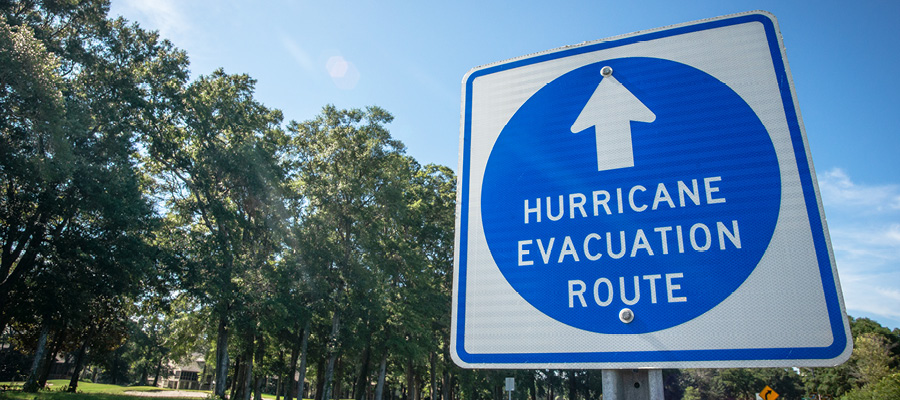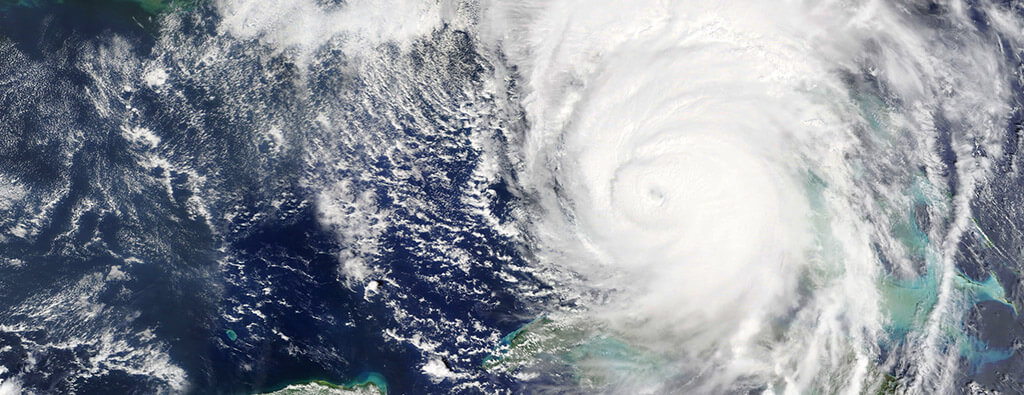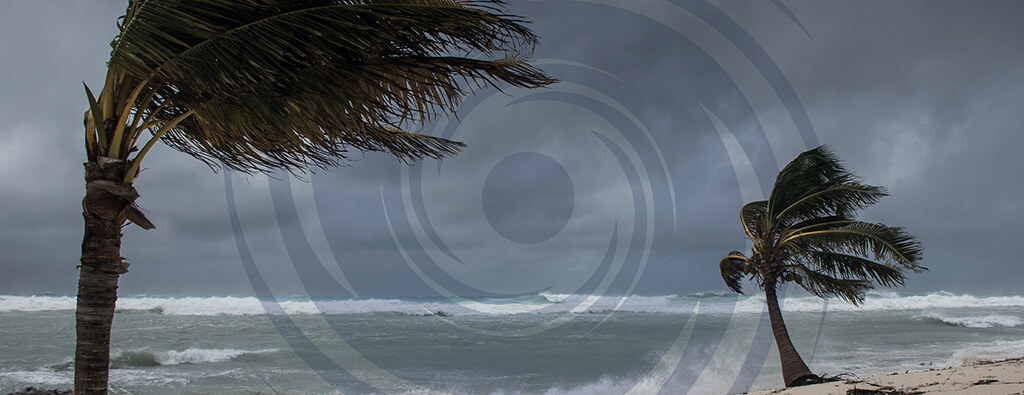Last Updates
Updated 9/30/2024 – 1:15 pm ET
- Current Status: Tropical Storm Isaac formed in the Atlantic and then weakened to Post-Tropical Cyclone Isaac.
- Movement: Isaac was last seen moving toward the east-northeast near 17 mph, with the potential to turn northeast.
- Hurricane Warning: There were no hurricane warnings for Tropical Storm Isaac after it formed.
- Storm Surge Warning: No storm surge warnings were issued for Tropical Storm Isaac for nearby communities.
With the 2024 hurricane season predicted to be one of the most active, staying informed about potential weather threats is crucial. One storm that could make headlines is Tropical Storm Isaac. While it has just formed, understanding its potential impact can help communities prepare effectively.
The Naming Process of Tropical Storms and Hurricanes
Tropical storms and hurricanes follow a systematic naming process managed by the World Meteorological Organization (WMO). Each year, a list of names is predetermined for the Atlantic hurricane season. When a storm reaches sustained winds of 39 mph, it is given a name from this list. Isaac is one of the names on the list currently in use for the 2024 Atlantic hurricane season.
The Significance of Naming Storms
Naming storms helps effectively communicate warnings and information to the public. Compared to using technical terms or numerical identifiers, it is easier for people to remember, understand, and act on storm-related information.
The Evolution of Naming Conventions
The practice of naming storms started in the early 1950s. Initially, only female names were used until 1979, when male names were included. The WMO ensures that names reflect cultural diversity and are easy to pronounce.
The History of Tropical Storm Isaac/Hurricane Isaac
Tropical Storm Isaac is not new to the Atlantic hurricane season. Over the years, it has appeared in different forms, each with unique characteristics and impacts. Here’s a look at its history:
Hurricane Isaac in 2000
In 2000, Hurricane Isaac was a Category 4 storm with wind speeds peaking at 140 mph. Although it stayed mostly in the open sea, it caused waves that sank a boat near Long Island, New York, resulting in one fatality.
Hurricane Isaac in 2006
The 2006 Hurricane Isaac followed a similar path, passing well to the east of Bermuda. It was a Category 1 storm with minimal impact, marking the end of a relatively uneventful hurricane season.
Hurricane Isaac in 2012
The 2012 Hurricane Isaac was more destructive. It made landfall as a Category 1 storm with winds up to 80 mph, causing significant damage and fatalities along the U.S. Gulf Coast. Its direct westerly path went through the Caribbean and impacted the U.S.
Hurricane Isaac in 2018
In 2018, Hurricane Isaac was a minimal hurricane that passed through the Lesser Antilles and dissipated in the eastern Caribbean. Its east-to-west path kept it mostly at sea, causing little to no damage.
Potential Impact of Tropical Storm Isaac/Hurricane Isaac in 2024
As of now, Tropical Storm Isaac is being monitored in the Atlantic. However, the potential for its formation remains. Weather patterns and atmospheric conditions will determine whether Isaac will develop into more than a tropical storm this season.
Predicting Isaac’s Path
Predicting the exact path of a tropical storm or hurricane involves complex meteorological models. Now that Tropical Storm Isaac has formed, its path will depend on various factors, such as sea surface temperatures, wind patterns, and atmospheric pressure systems.
Even if Isaac doesn’t turn towards land, preparedness is key. Communities should stay updated on weather forecasts, have an emergency plan in place, and ensure they have essential supplies ready.
Frequently Asked Questions About Tropical Storm Isaac/Hurricane Isaac
What is Tropical Storm Isaac/Hurricane Isaac?
Tropical Storm Isaac is the name for a storm that formed during the 2024 Atlantic hurricane season.
Has there been a Hurricane Isaac?
Yes, there have been several instances of Hurricane Isaac in the past, including in 2000, 2006, 2012, and 2018, each with varying impacts and paths.
How should I prepare for a potential storm like Isaac?
Stay informed by monitoring updates from reliable sources, create an emergency plan, build an emergency kit, and secure your property. Preparedness is crucial for ensuring safety during hurricane season.
Which organizations can provide updates on Tropical Storm Isaac/Hurricane Isaac?
For the latest information on potential tropical storms and hurricanes, visit the National Hurricane Center (NHC) website and follow your local weather stations.
Keeping an Eye on Tropical Storm Isaac/Hurricane Isaac
While 2024 Tropical Storm Isaac formed and remained out in the Atlantic, it’s crucial to remember that monitoring it’s movement and similar storm’s movement is important. Experts are forecasting a highly active hurricane season, indicating a strong likelihood that more storms like Isaac may form and strengthen.
- Regularly check weather forecasts and alerts from trusted sources: Understanding the signs and potential paths of tropical storms can help you stay ahead of the curve.
- Being part of a community also means opportunities to help one another: Share information, aid those in need, and collaborate on preparedness plans to ensure collective safety.
- Preparedness cannot be overstated: From securing your home to having an evacuation plan, taking proactive steps can make a significant difference in safety and resilience.
Monitoring for Tropical Storm Isaac/Hurricane Isaac
Understanding Tropical Storm Isaac or the potential of Hurricane Isaac and its history helps underline the importance of preparedness and staying informed. The lessons learned from previous storms highlight the need for vigilance and readiness.
Communities can ensure they are prepared for whatever the hurricane season may bring by staying updated on weather developments, creating emergency plans, and fostering a spirit of cooperation and support.
For more information on hurricane preparedness and the latest updates on potential storms, visit the official Tidal Basin Hurricane Resource Center.



